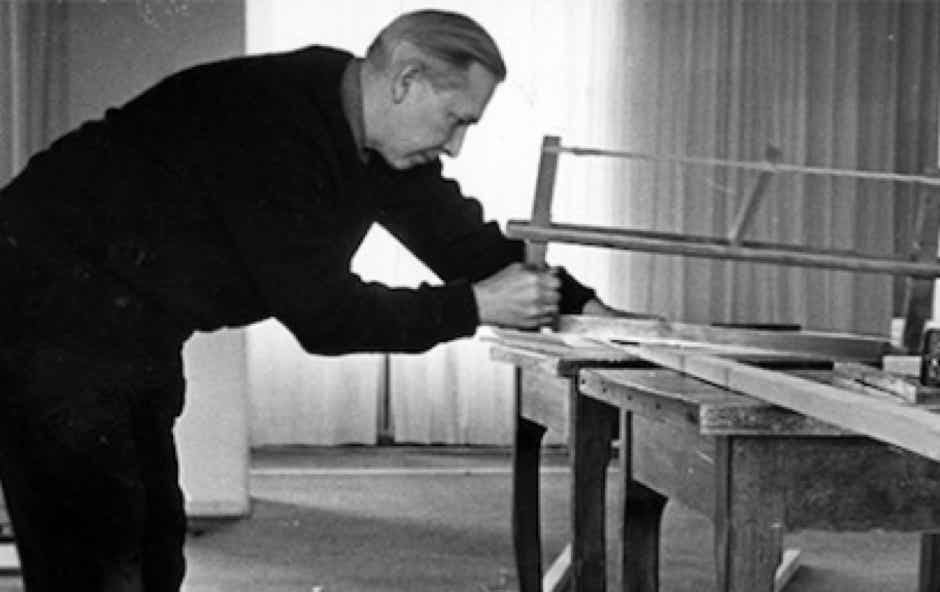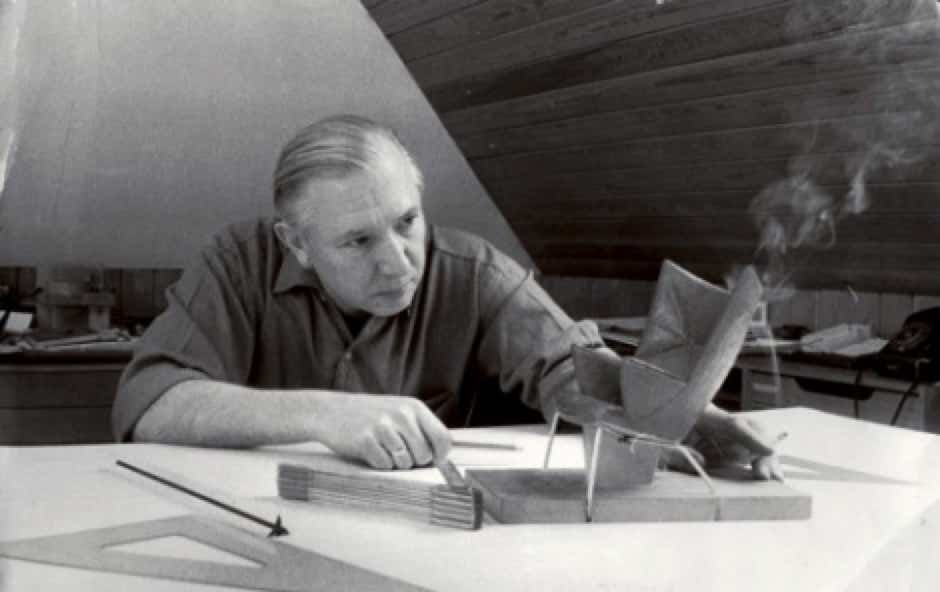Home > Carl Hansen > Chairs > CH23 chair
Home > Carl Hansen > Chairs > CH23 chair
15% off with DESIGN15

The CH23 Chair belongs to the first collection, composed of 4 seats, which Hans Wegner designed for Carl Hansen & søn. The 3 others – the CH22, CH24 and CH25 – were in continuous production or were recently reissued. By re-introducing the CH23 to the public, Carl Hansen offers the whole of this inaugural collection, which Wegner designed in only a few weeks at the age of 35.
While the CH24, also known as the Wishbone chair, is the most famous and now the most sold, it was the CH23 Chair that at the time had the most lively commercial success. The explanation might be, as suggested by Knut Erik Hansen, grandson of the founder of the brand, that the CH23 Chair presents relatively classical lines for the time while the 3 others were perceived as particularly radical and revolutionary.
Perfectly true to the original design, the CH23 Chair is a dining chair without armrests. Its simplicity of design is enhanced by superb details of construction, such as the two caps encrusted in the back, magnified by the mixture of essences. Another subtlety: the double woven paper cord seat, which production takes 1h30 to a very experienced worker, and whose lifetime is about fifty years. The only difference with the original model: teak, now protected in the Scandinavian countries, has been replaced by oak and American walnut from sustainably managed forests.
Dimensions W50.3 x D50.3 x H78.6 cm – Seat height 44.5 cm
Wood Different combinations of structure, backrest and seat are possible. The inlays in the backrest (cruciform cover caps) are always in the same type of wood as that of the structure.
CH23 Chair
from
soaped oak + natural papercord
soaped oak + black papercord
oiled oak + natural papercord
oiled oak/walnut + natural papercord
oiled walnut + natural papercord
black painted oak + black papercord
black painted oak + natural papercord
This seat cushion was especially designed for the CH23 chair. It is reversible and available in 7 colours of Loke leather.
The Loke leather is a buffed, embossed ox hide with a coated surface. Hides used for this type of leather are sanded to uniform thickness and then embossed to achieve a uniform surface without visible scares or other marks. Finally, a top coating is added to give the leather a protective layer. This type of leather has a pleasant surface with low breathability. The advantages of Loke leather are that is requires low-maintenance and resists most stains and fading from sunlight.
Dimensions 47 x 40 cm
Cushion for CH23 – Loke 7150 leather
Cushion for CH23 – Loke 7748 leather
Cushion for CH23 – Loke 7050 leather

Hans J. Wegner



Hans J. Wegner was born in 1914 in Tønder, Denmark, the son of a shoemaker. At the age of 17, he finished his apprenticeship as a cabinetmaker with H. F. Stahlberg, in whose workshops Wegner’s first design experiments took form. He moved to Copenhagen as a 20 year-old, and attended the School of Arts and Crafts from 1936 – 1938 before he began working as an architect.
As a young architect, Wegner joined Arne Jacobsen and Erik Møller in Århus, working on furniture design for the new Århus city hall in 1940. It was during the same year that Wegner began collaborating with master cabinetmaker, Johannes Hansen, who was a driving force in bringing new furniture design to the Danish public.
The Copenhagen Museum of Art and Industry acquired its first Wegner chair in 1942.
Wegner started his own design office in 1943. It was in 1944 that he designed the first “Chinese chair” in a series of new chairs that were inspired by portraits of Danish merchants sitting in Ming chairs. One of these chairs, the “Wishbone Chair”, designed in 1949 and produced by Carl Hansen & Son in Odense since 1950, became the most successful of all Wegner chairs.
Among Danish furniture designers, Hans J. Wegner is considered one of the most creative and productive. He has received practically every major recognition given to designers, including the Lunning prize, the grand prix of the Milan Triennale, Sweden’s Prince Eugen medal and the Danish Eckersberg medal. Wegner is an honorary Royal designer for industry of the Royal Society of Arts in London. Almost all of the world’s major design museums – from The Museum of Modern Art in New York to Die Neue Sammlung in Munich – include his furniture in their collections.
Hans J. Wegner died in Denmark in January, 2007.
A few major characteristics about Hans J. Wegner:
- First a cabinetmaker, then a designer: he integrates exacting joinery techniques and exquisite forms.
- A deep respect for wood and its characteristics – and an abiding curiosity about other natural materials.
- Brings an organic, natural softness to formalistic minimalism.
- Generally regarded as ”the master of the chair”, with more than 400 chair designs to his name.